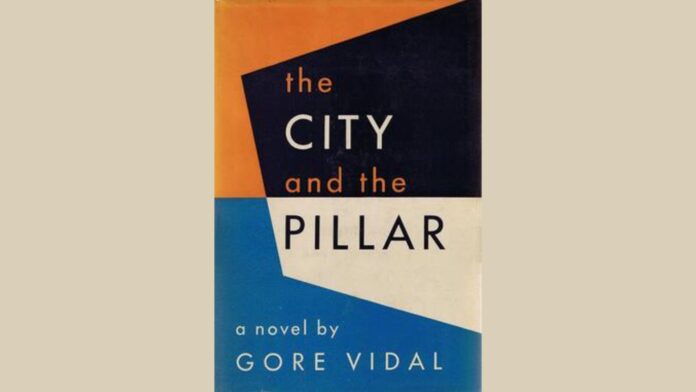Happy Pride Month! Here’s a question to ponder: Do we understand what Pride actually means and do you understand how far we have come and the toll it has taken to get us to this point?
I’m a late ’60s activist. At that time, we experienced a seismic change in what would become the LGBTQ+ community. Those of us at Stonewall and the year after wanted to change how our community was perceived. That meant fighting society itself and sometimes even our own community, which at that time wanted nothing more than to assimilate or hide in the shadows of their closets.
Last week, I did something that my fellow activists at the time would be shocked by: I read a book that we would have demonstrated against. If you’re in the literary world, it’s a pretty famous book, and the author is even more famous. The book is “The City and the Pillar” by Gore Vidal. The story revolves around a high school boy’s crush on a fellow male student.
Like “The Boys in the Band” — a play made into a movie, which we demonstrated against — both pieces of art showcase our community as people who are full of self-hate and incapable of having meaningful relationships because they’re almost always looking for sex. It’s literally what the right wing thinks of us, even today.
In the 1960s, we were no longer that stereotype, but that was when “The Boys in the Band” was produced as a film, which is why we demonstrated, and we would have demonstrated against “The City and the Pillar” if it were made into a film. But in hindsight, I decided to read the book.
My first impression was that it was great literature, but it did have all those stereotypes. However, if you know the backstory of the book — which Vidal revealed later in life — it was also about Vidal dealing with his own sexuality. And here’s the clincher for me: It was written in 1948. It was literally revolutionary for its time. The New York Times refused to review it or allow it to be advertised. You’ve heard me lecture on how we were invisible before 1969; well, here’s the proof. Even a book by a well-known writer was almost banned because its main character is a gay man. And of course, at the end of the book, you pity the gay man. No happy ending in 1948 for us.
Looking at the book from a 1948 viewpoint and knowing its history gave me a different outlook. I appreciate Vidal’s attempt to make us visible, but I also read his personal pain. It made me feel more for him than for his character.

